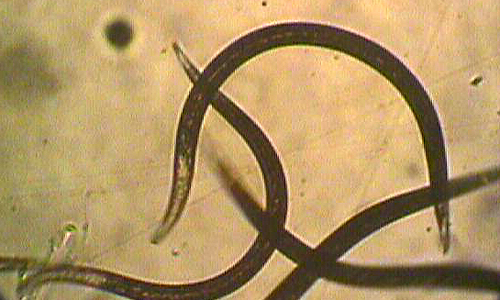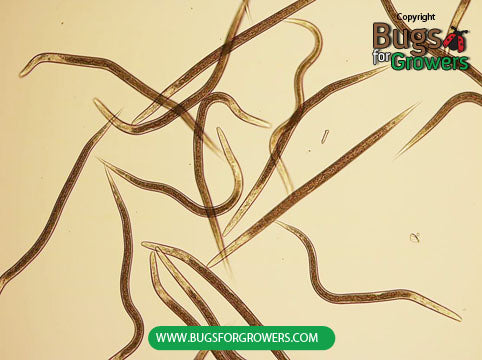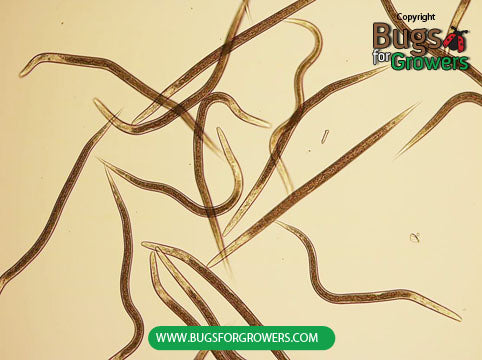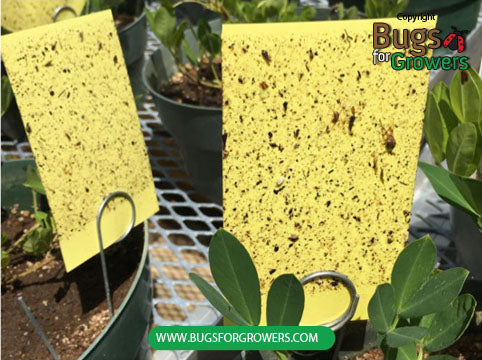Shore Flies
Damage caused by the Shore Flies
Adult shore flies do not cause direct damage to plants but they are nuisance to greenhouse workers. Shore flies are also help to disseminate diseasing causing fungal spores from plant to plant as they disperse through the greenhouse. Furthermore droppings of shore flies often reduce the aesthetic values and marketability of many ornamental plants and vegetables. Shore fly maggots (larvae) do not cause any damage to plants but they can feed on algae that usually grow in the greenhouses.
Facts (show all)
- Common names
-
- Shore Flies
- Scientific name
-
- Scatela stagnalis
- Identification
-
Adults: Very small about 3.5mm long with short antennae and legs and look like fruit flies. Shore flies are dark gray in color and each of their wings have 5 distinctive pale colored spots.
Eggs: White and oval shaped eggs.
Larvae: Larvae (Maggots) are yellowish brown in color with no head capsule and legs.
Pupae: Brown in color and spindle shaped..
- Biology
-
Shore flies lay over 200 eggs on algae. Eggs hatch within a day into small maggots that start feeding on algae. Maggots mature within a week and pupate on or near to algal mat. Adults emerge from pupae within 6 days. Under favourable conditions, shore flies can complete one generation in 10-12 days.
- Organic Control of the Shore Flies
-
- Following beneficial bugs and plant products are used for organic control of the Shore Flies
- Beneficial Nematodes
-
- Steinernema carpocapsae
- Steinernema feltiae
- Predatory beetles
-
- Rove Beetle Atheta (Dalotia) coriaria








